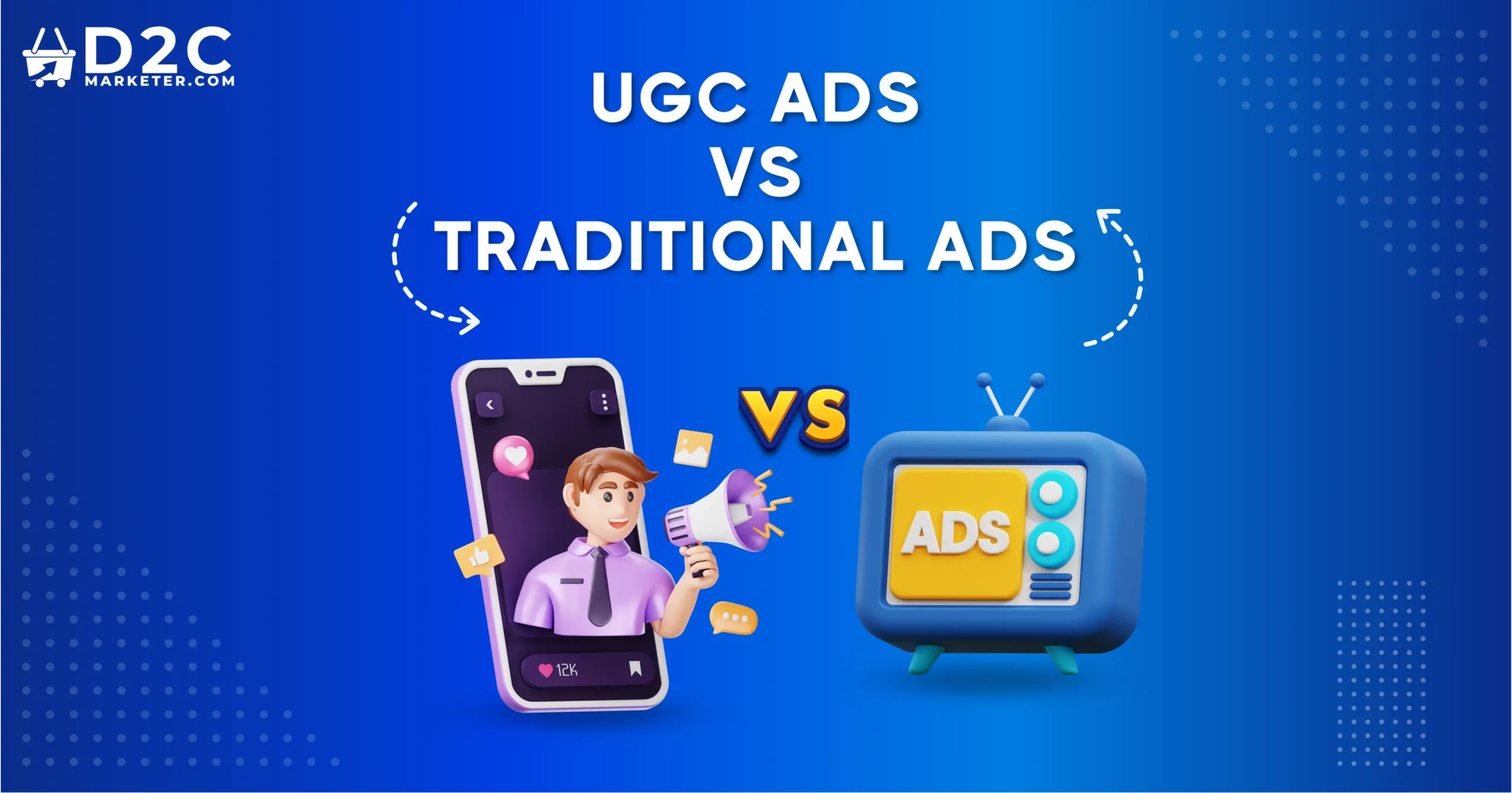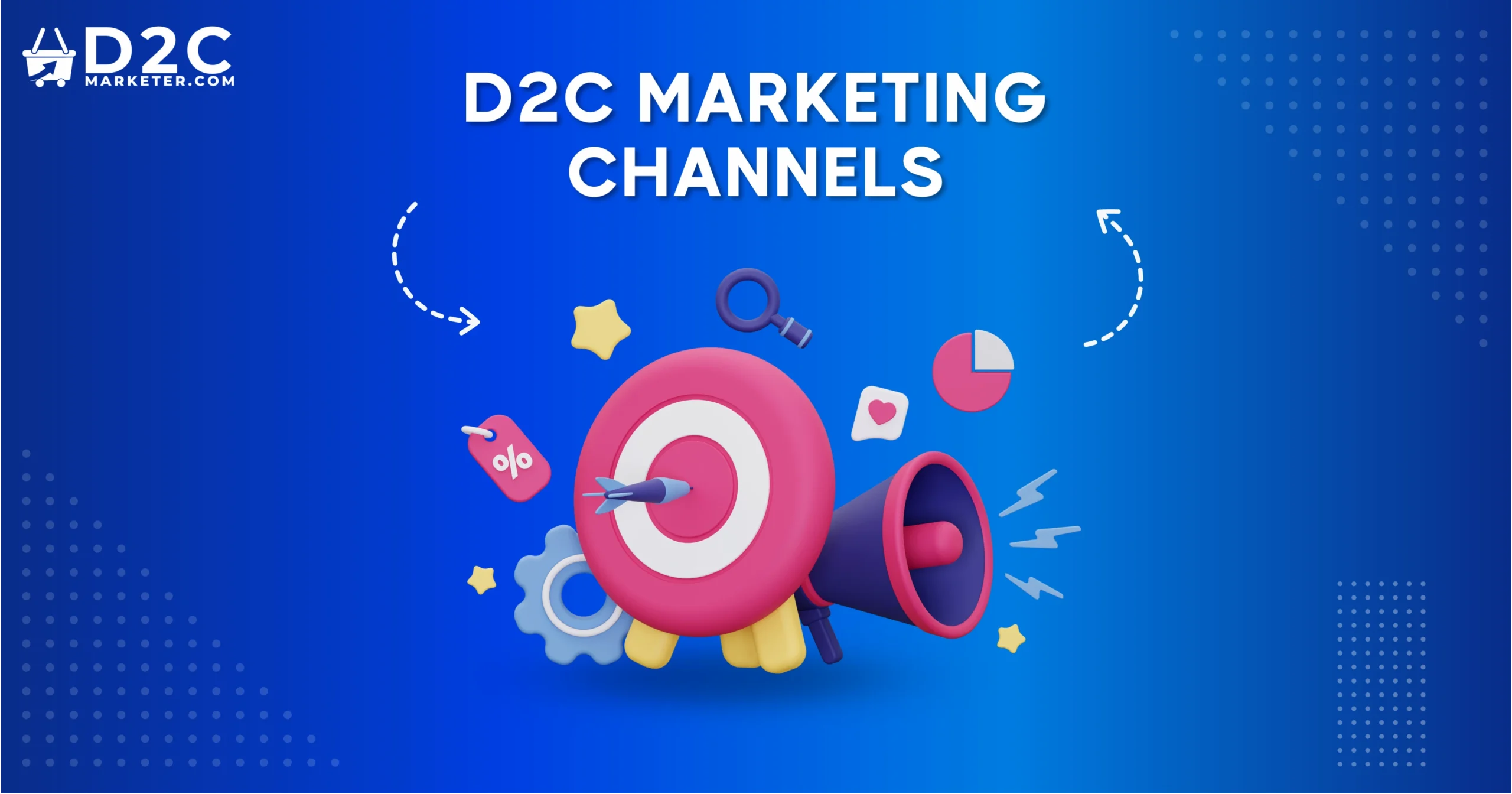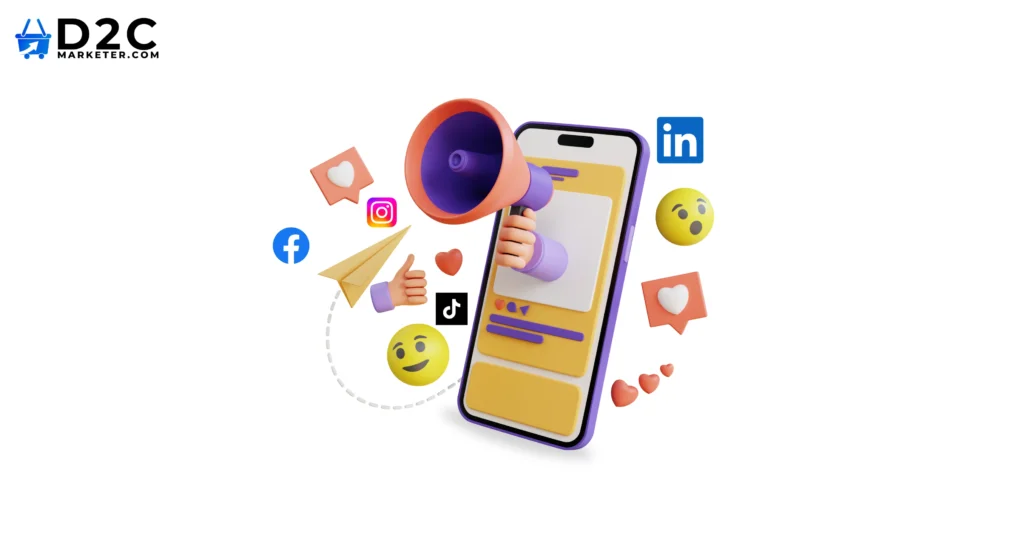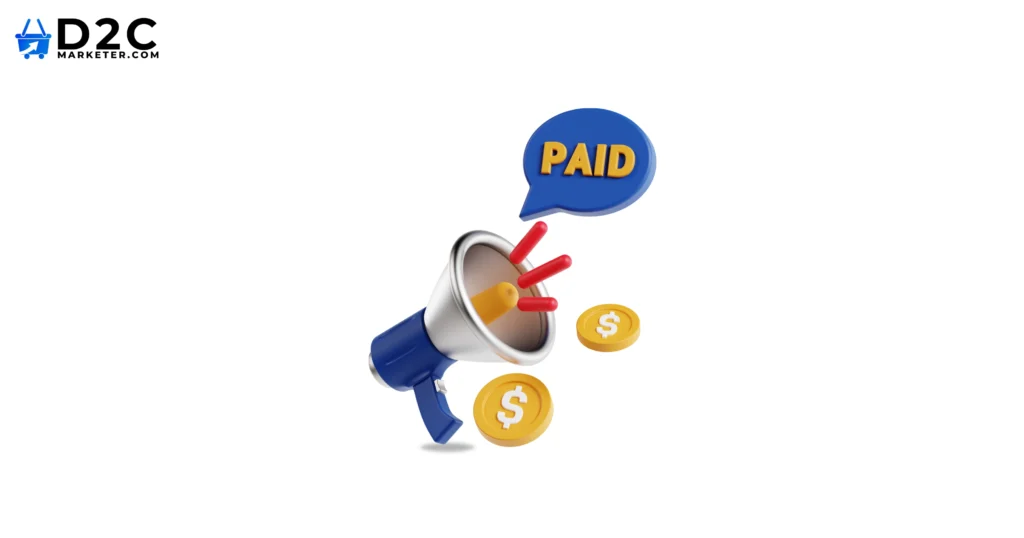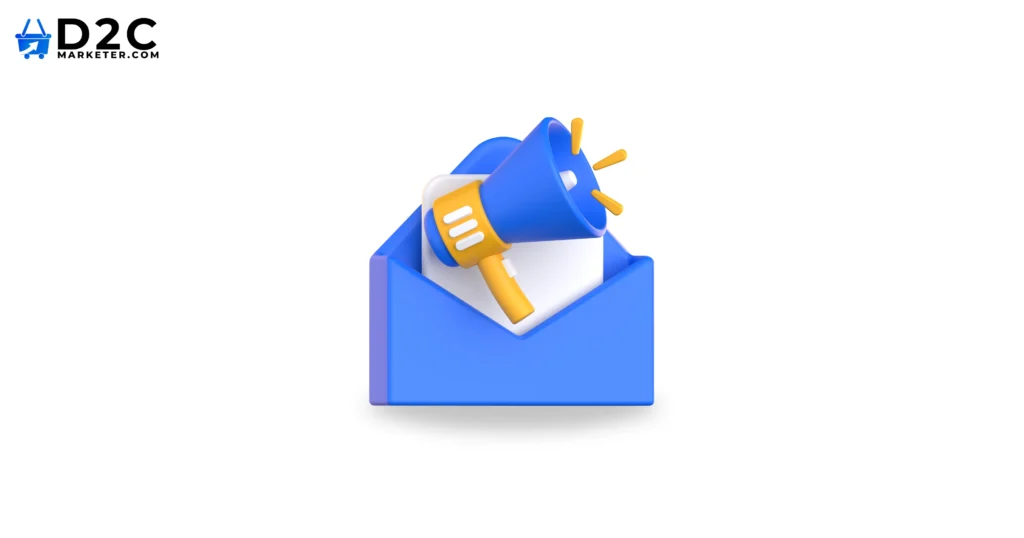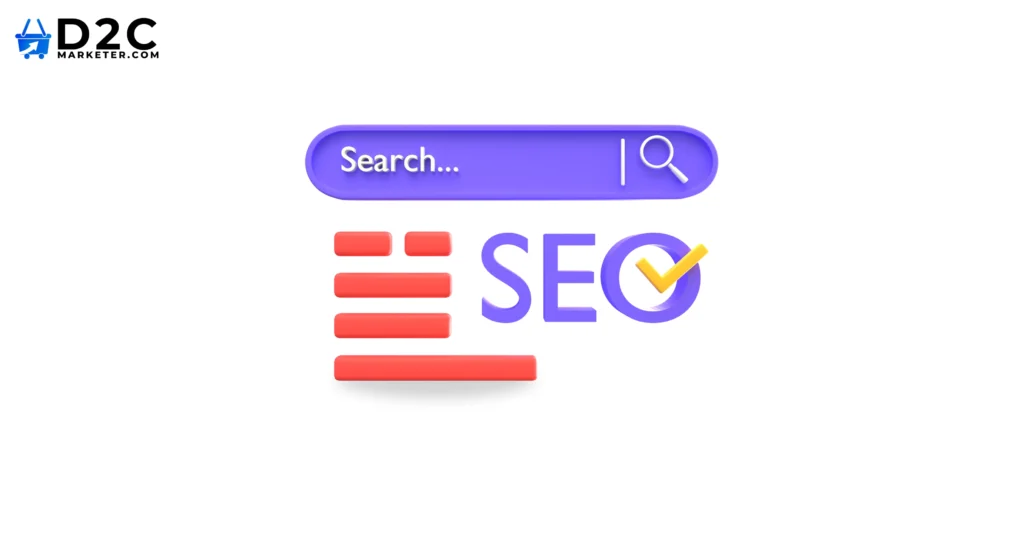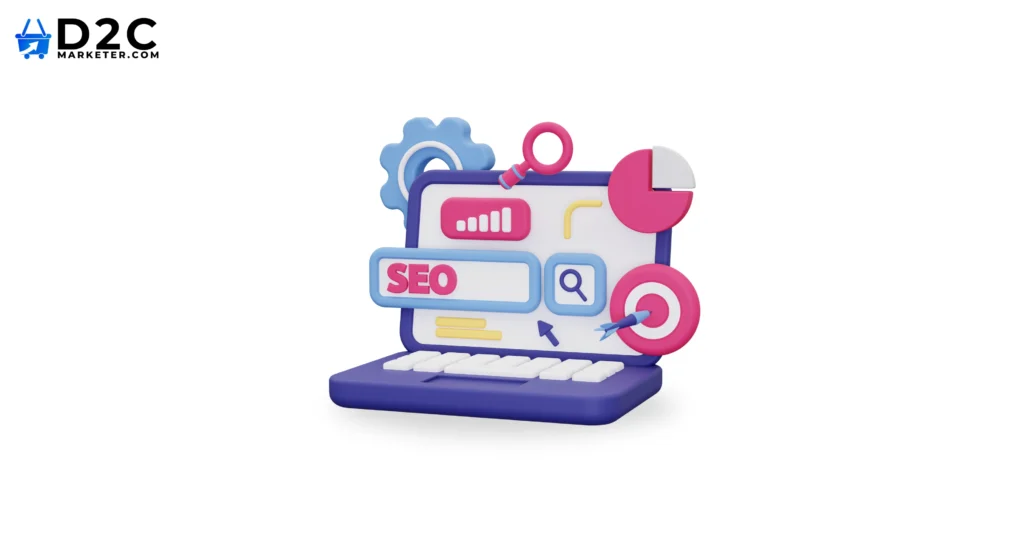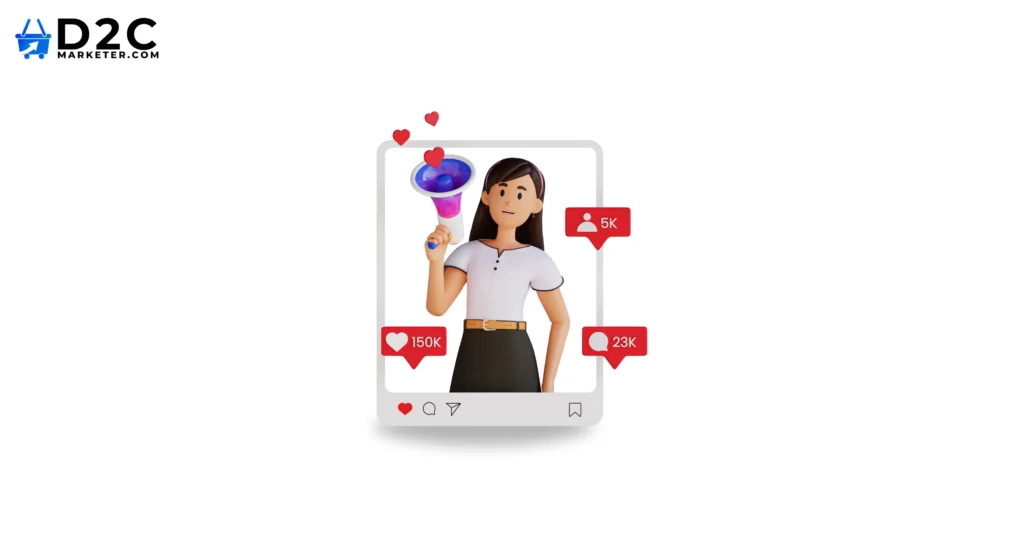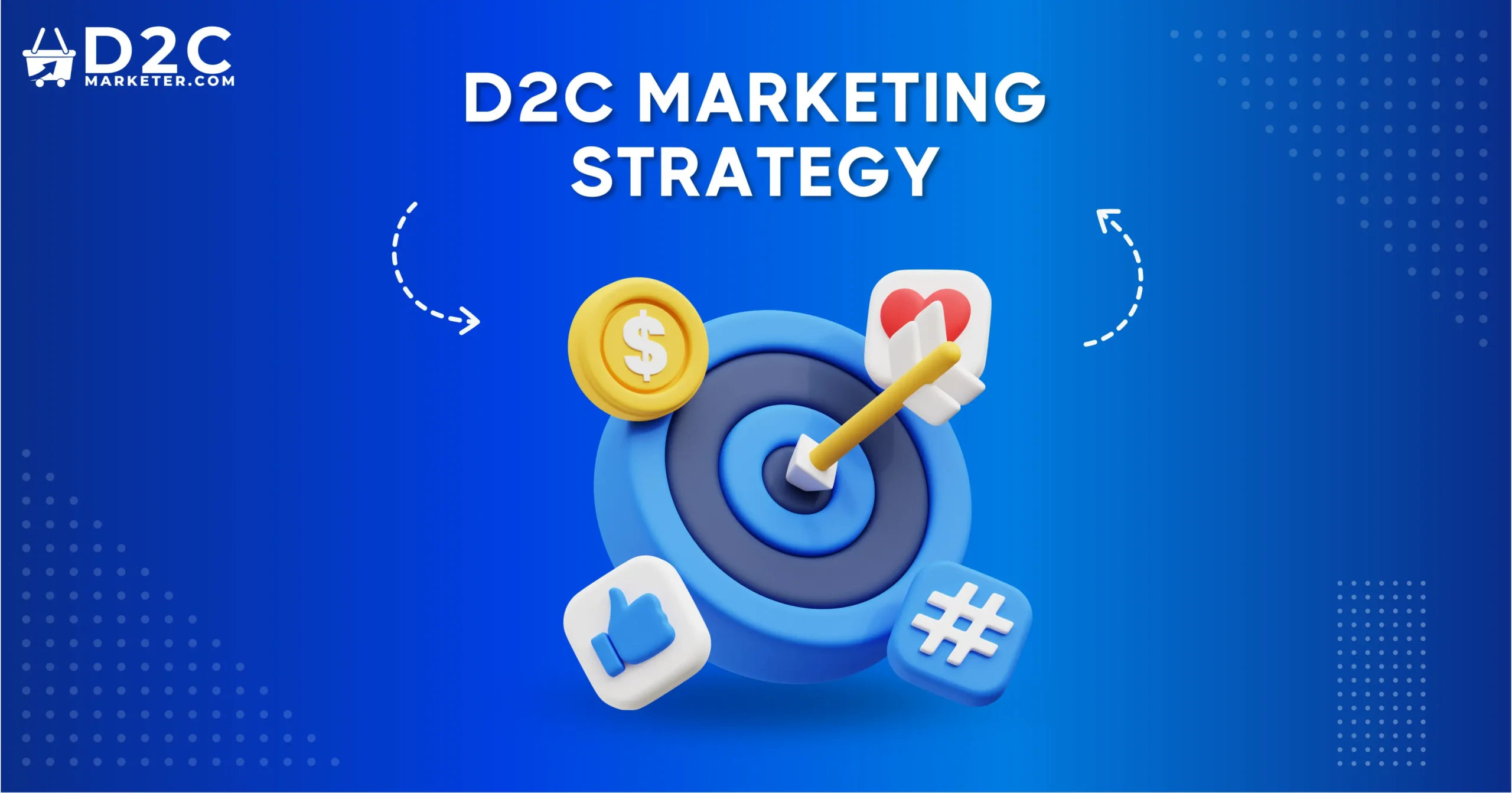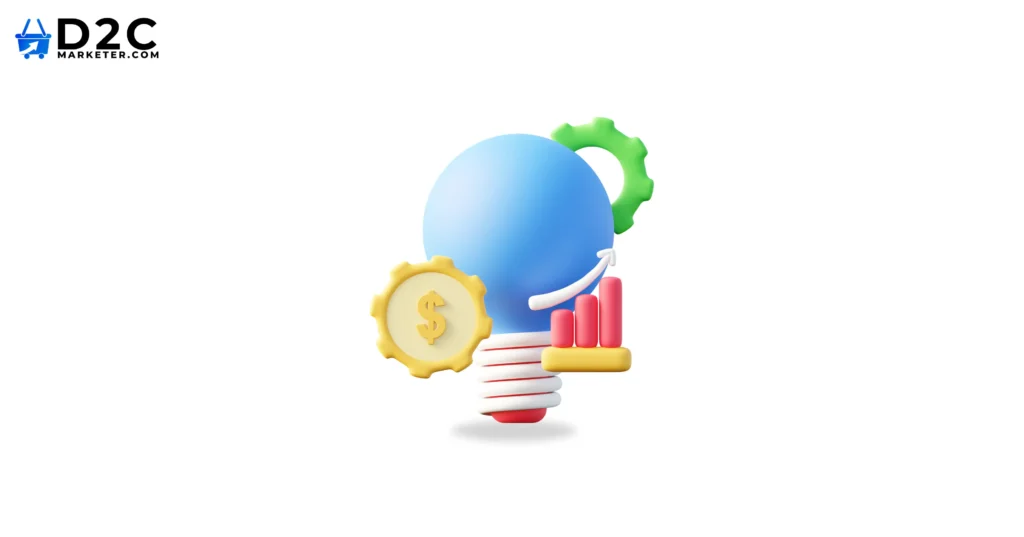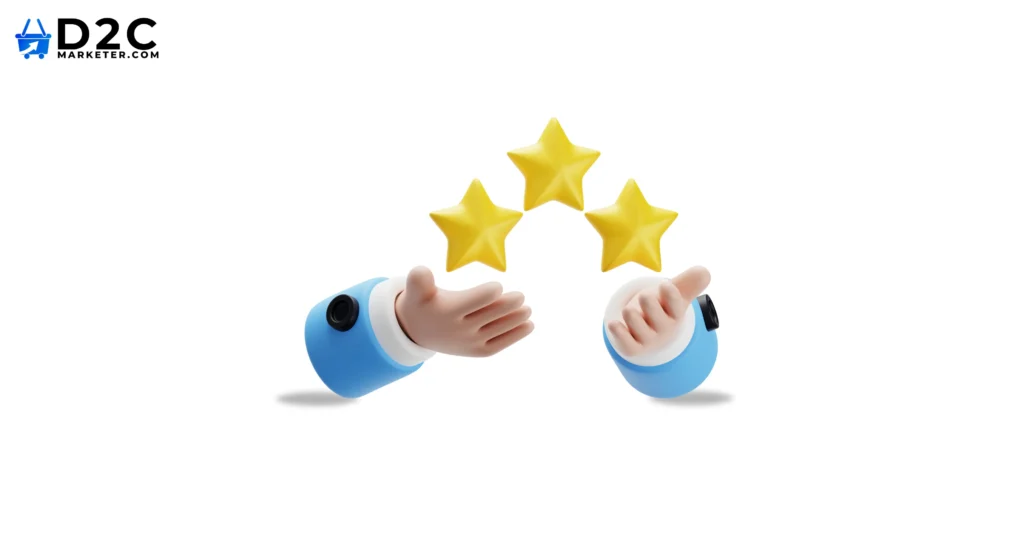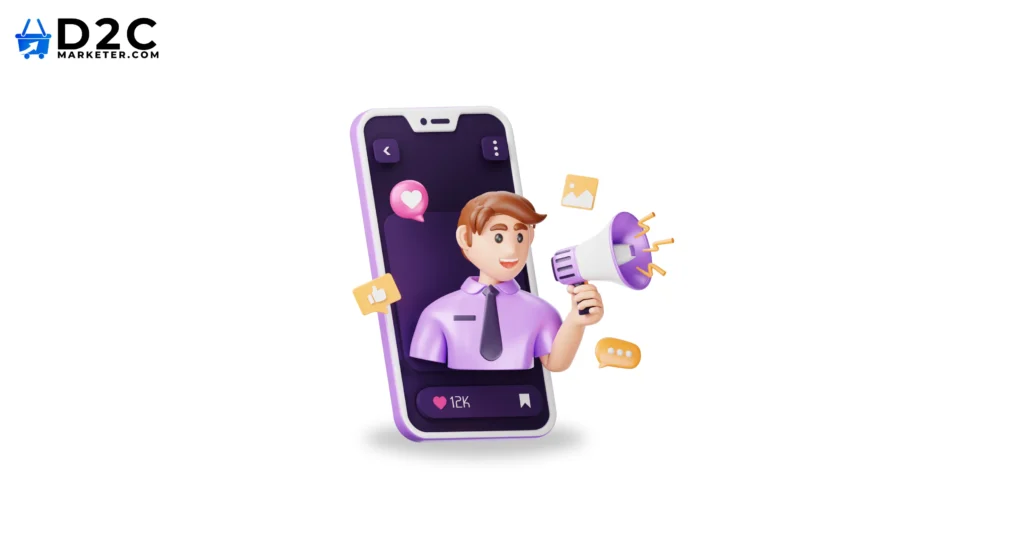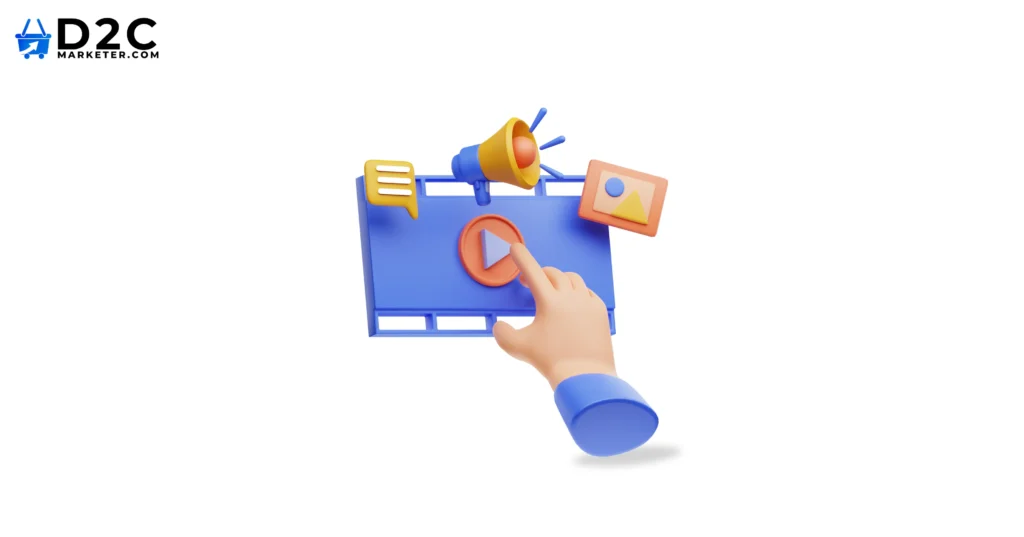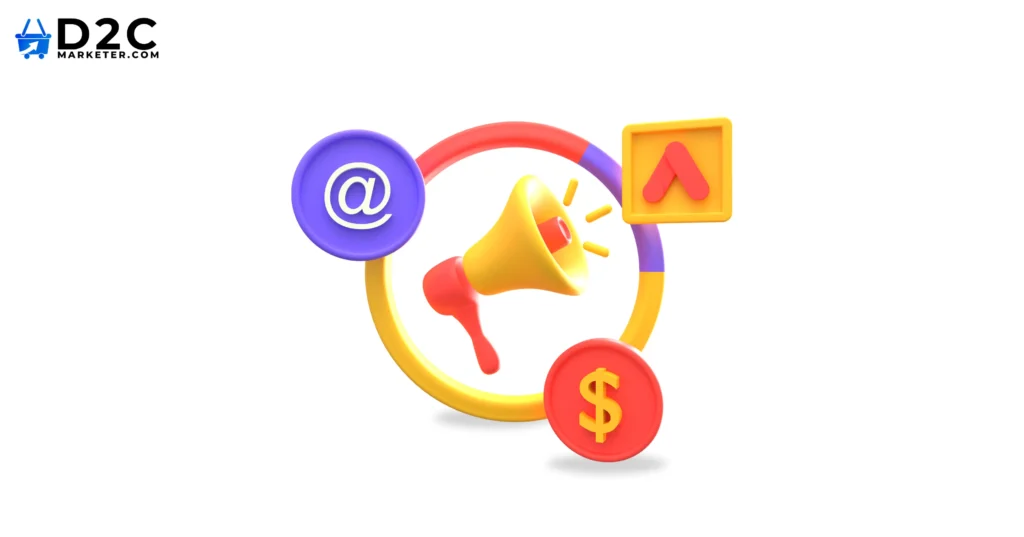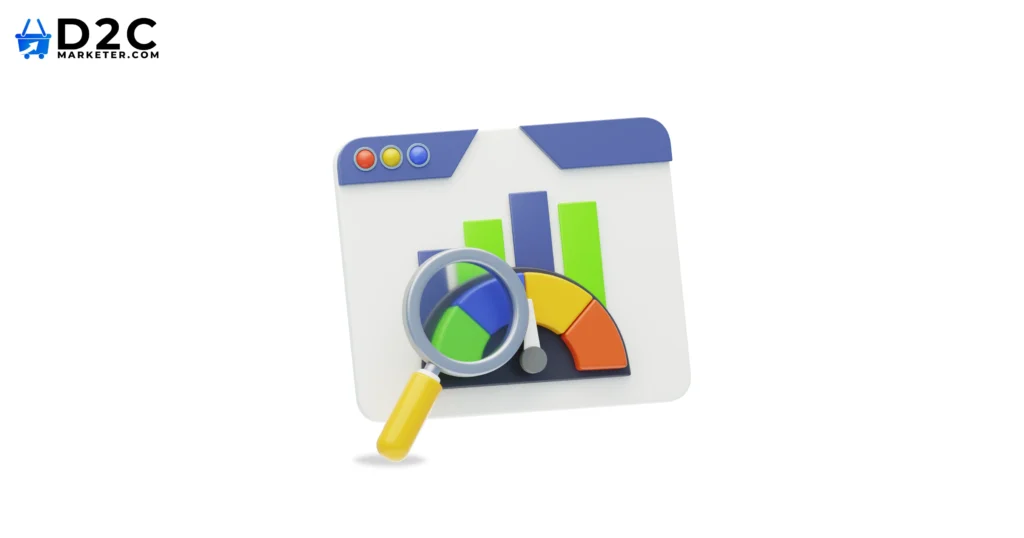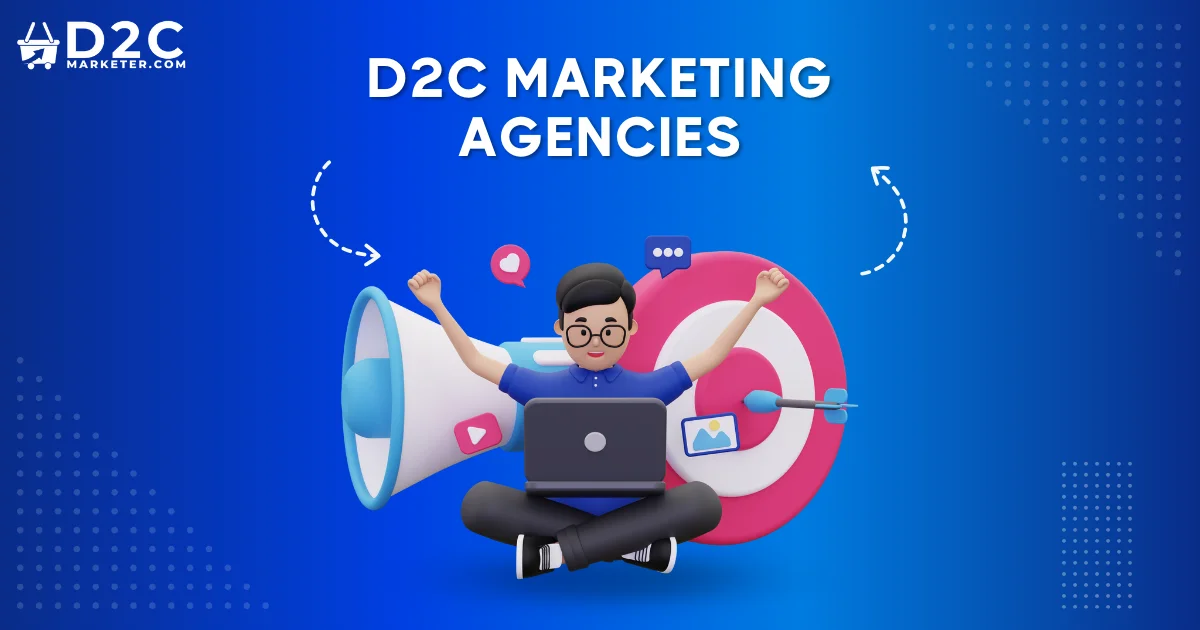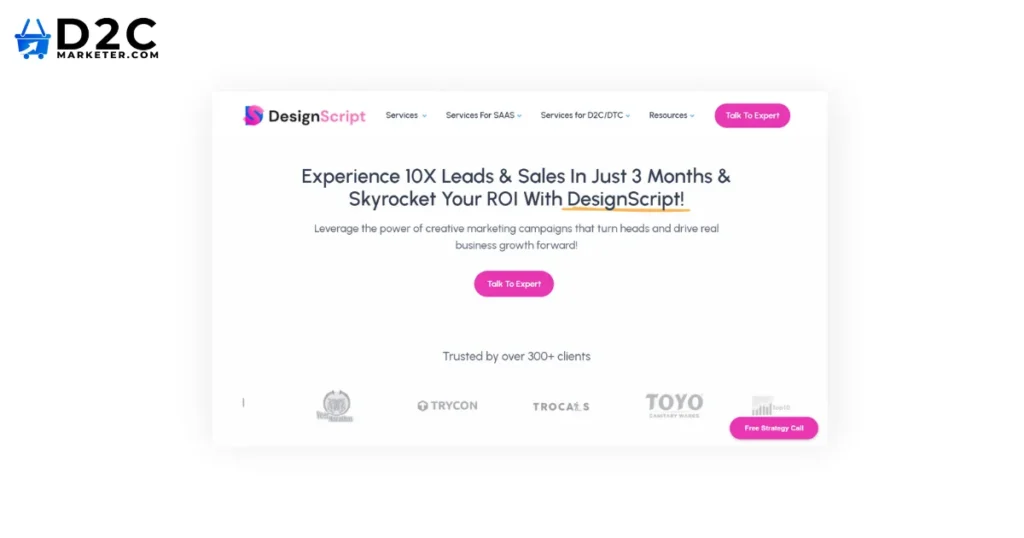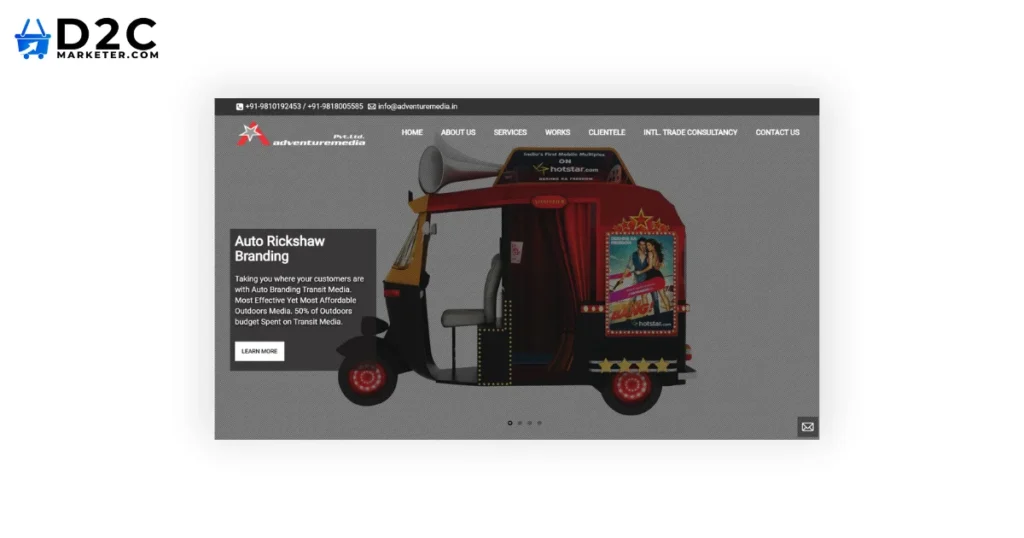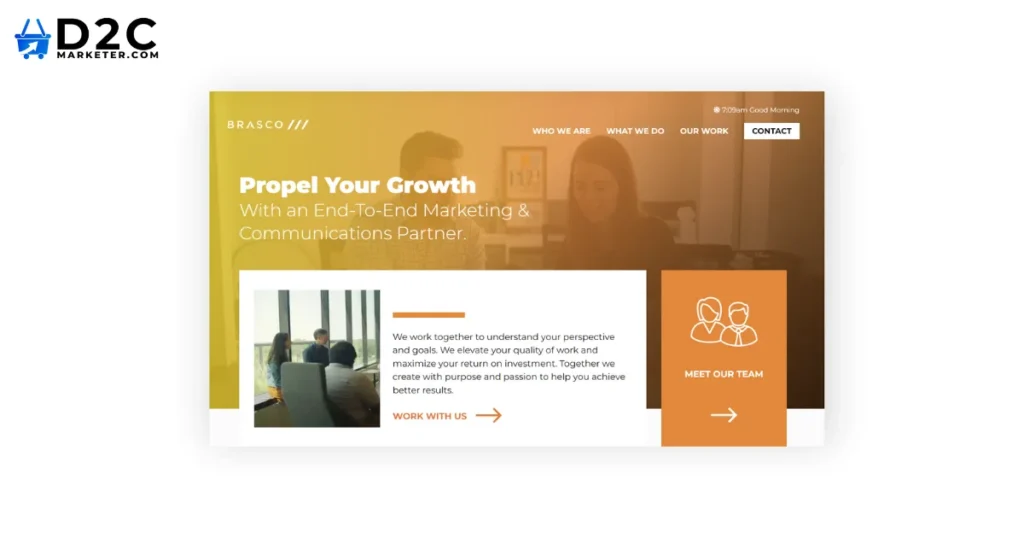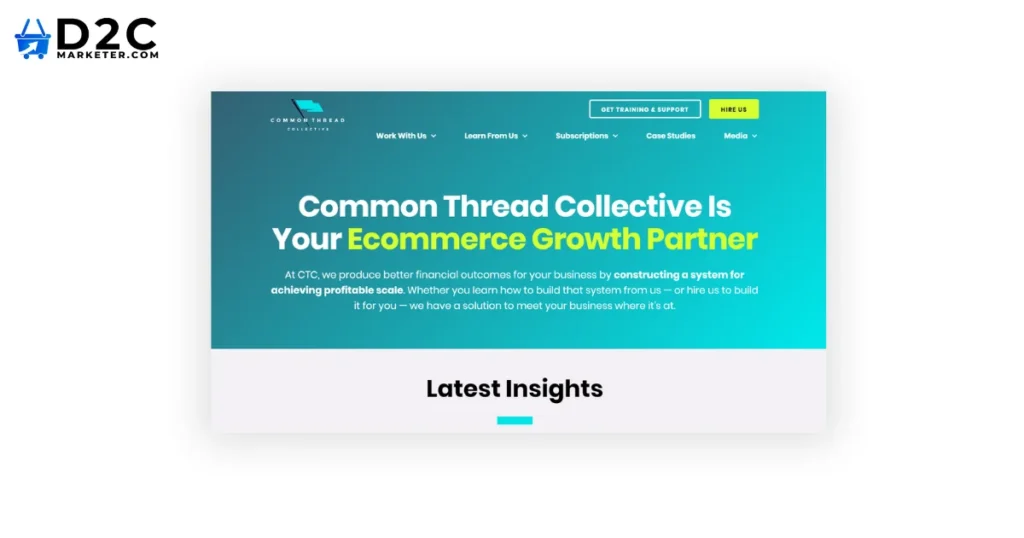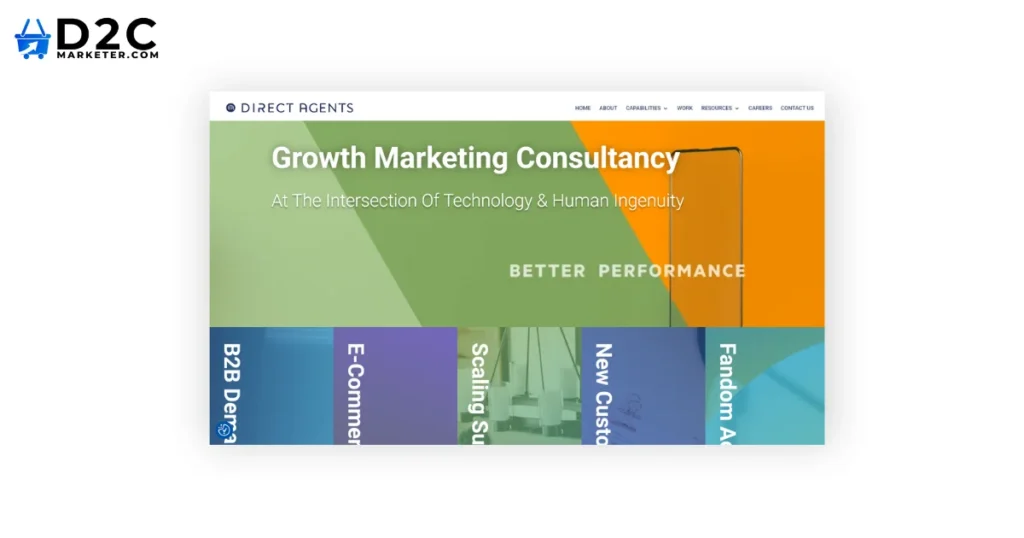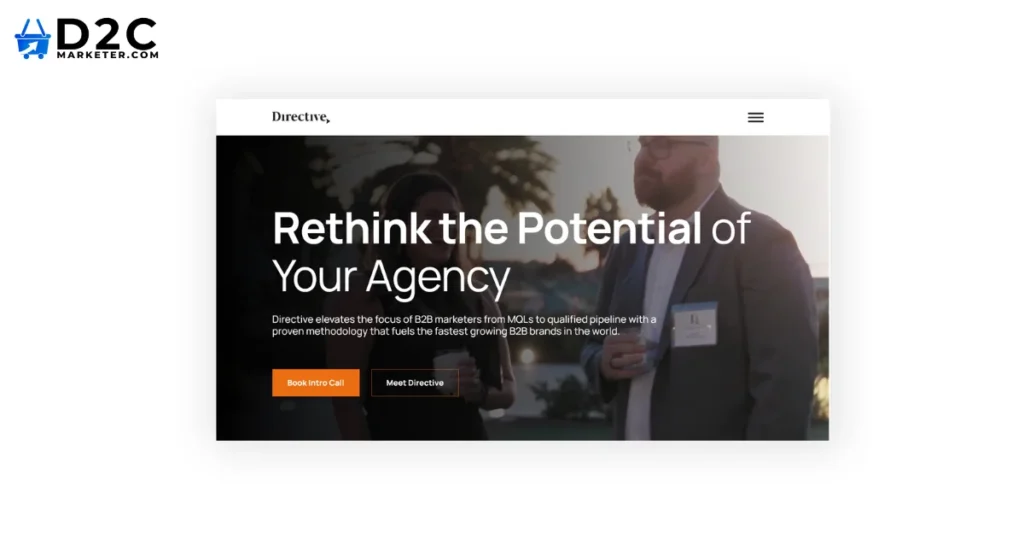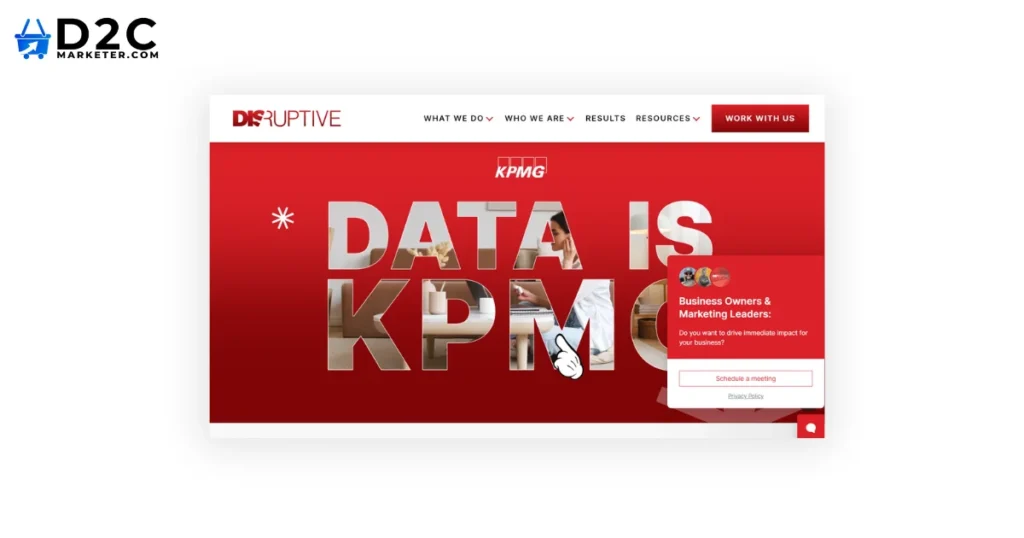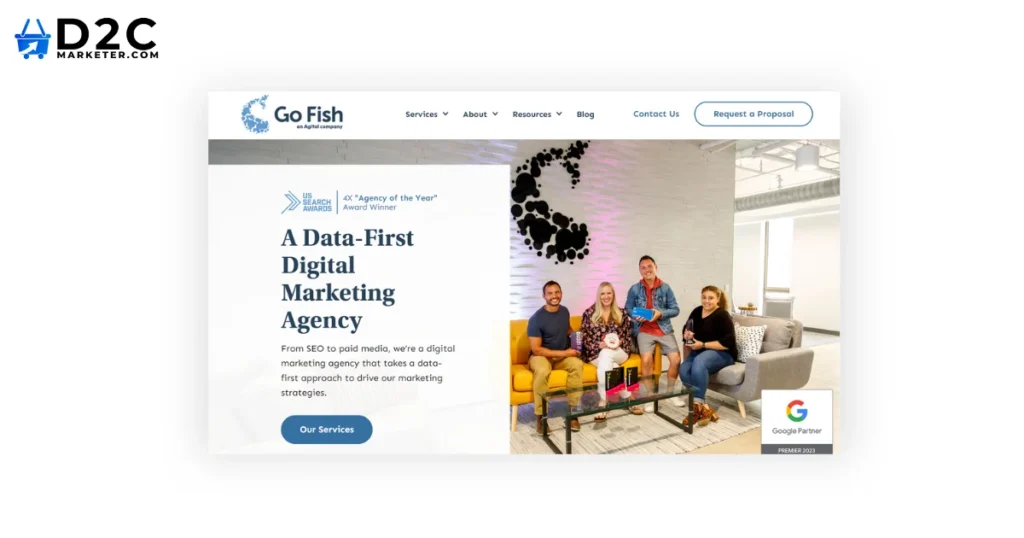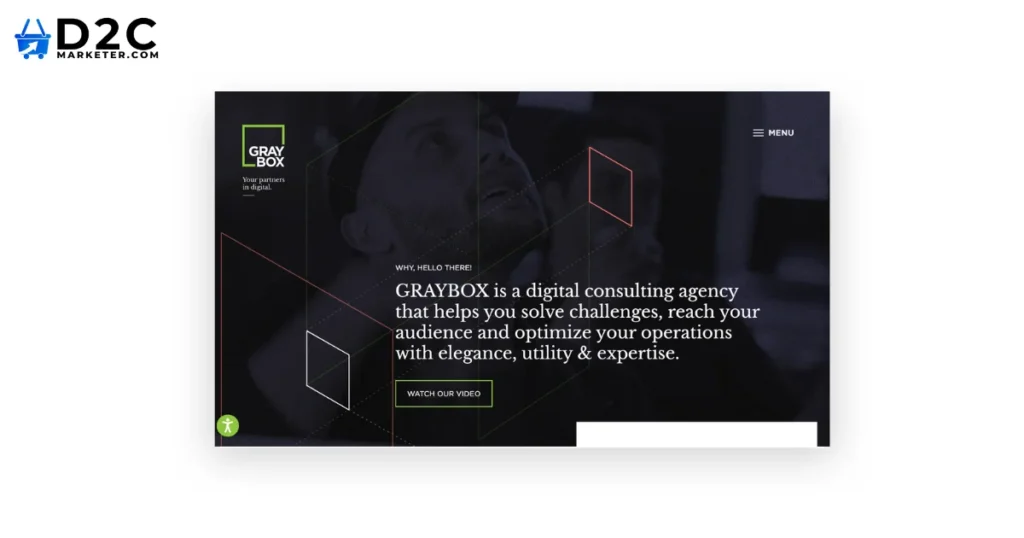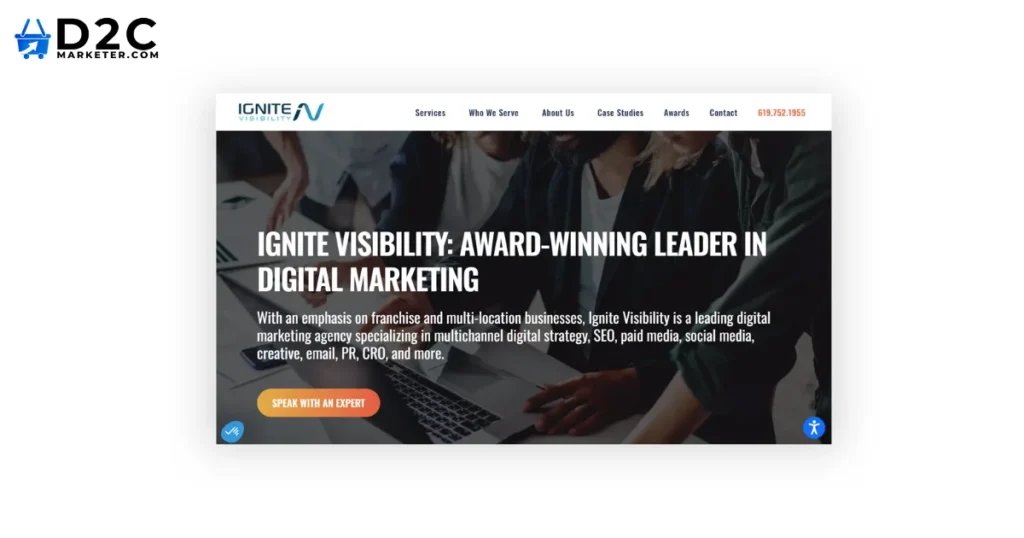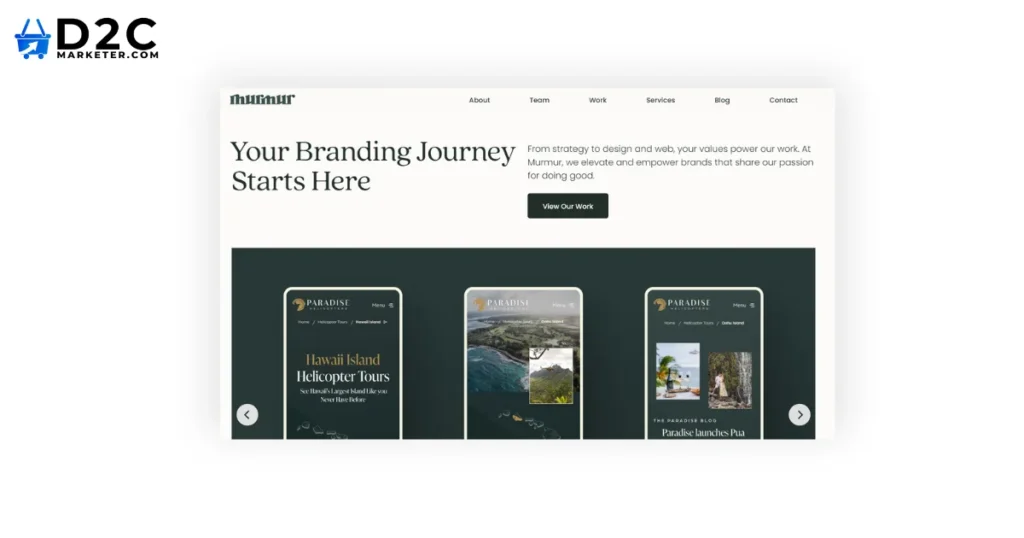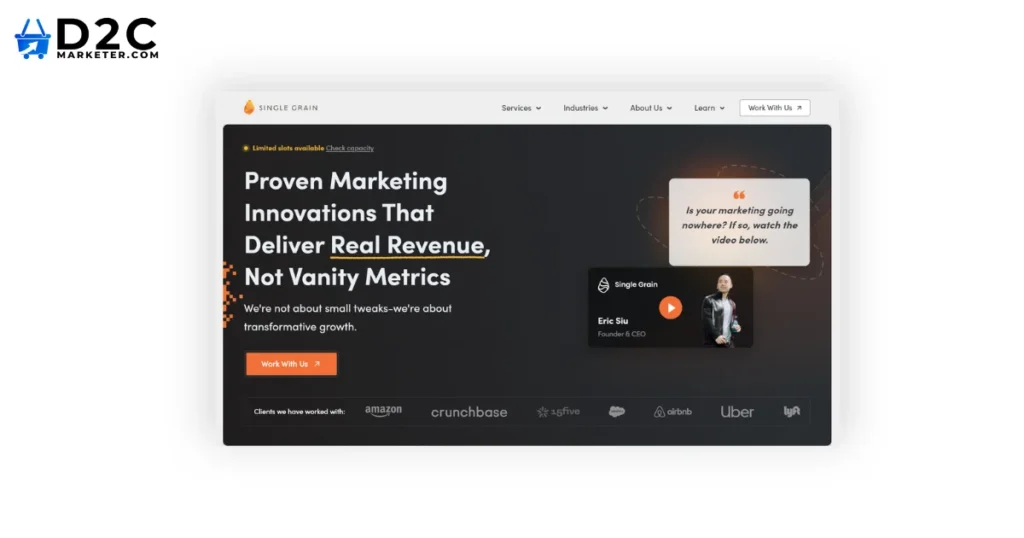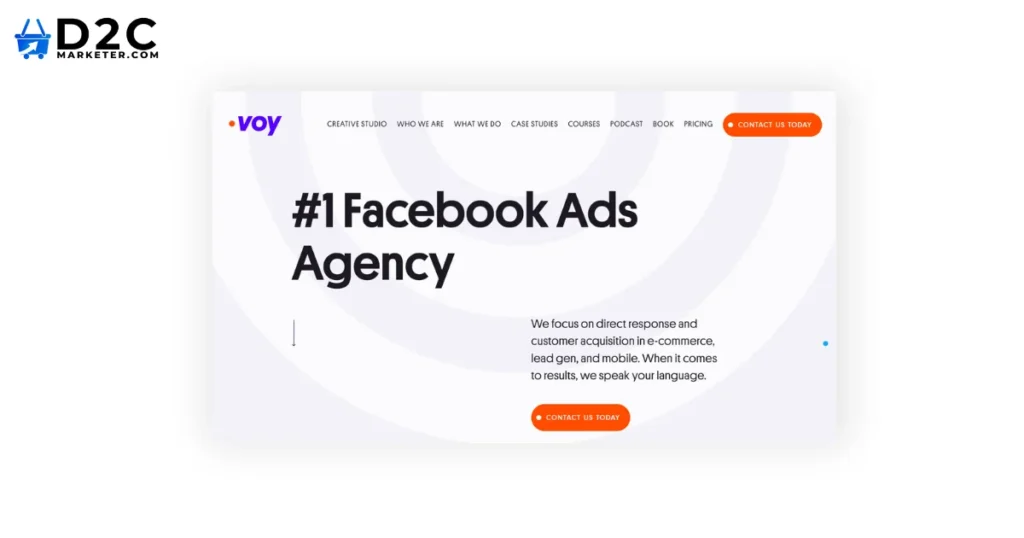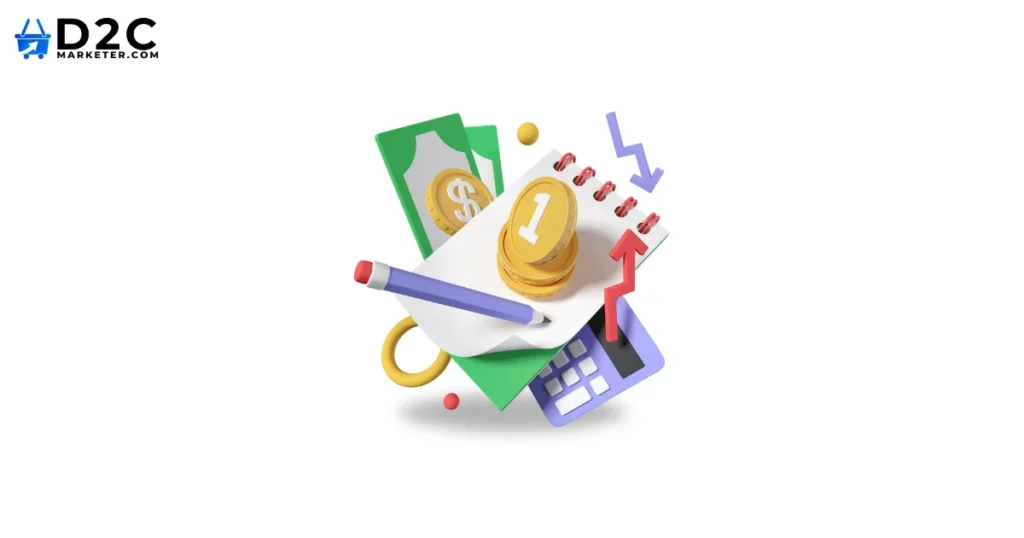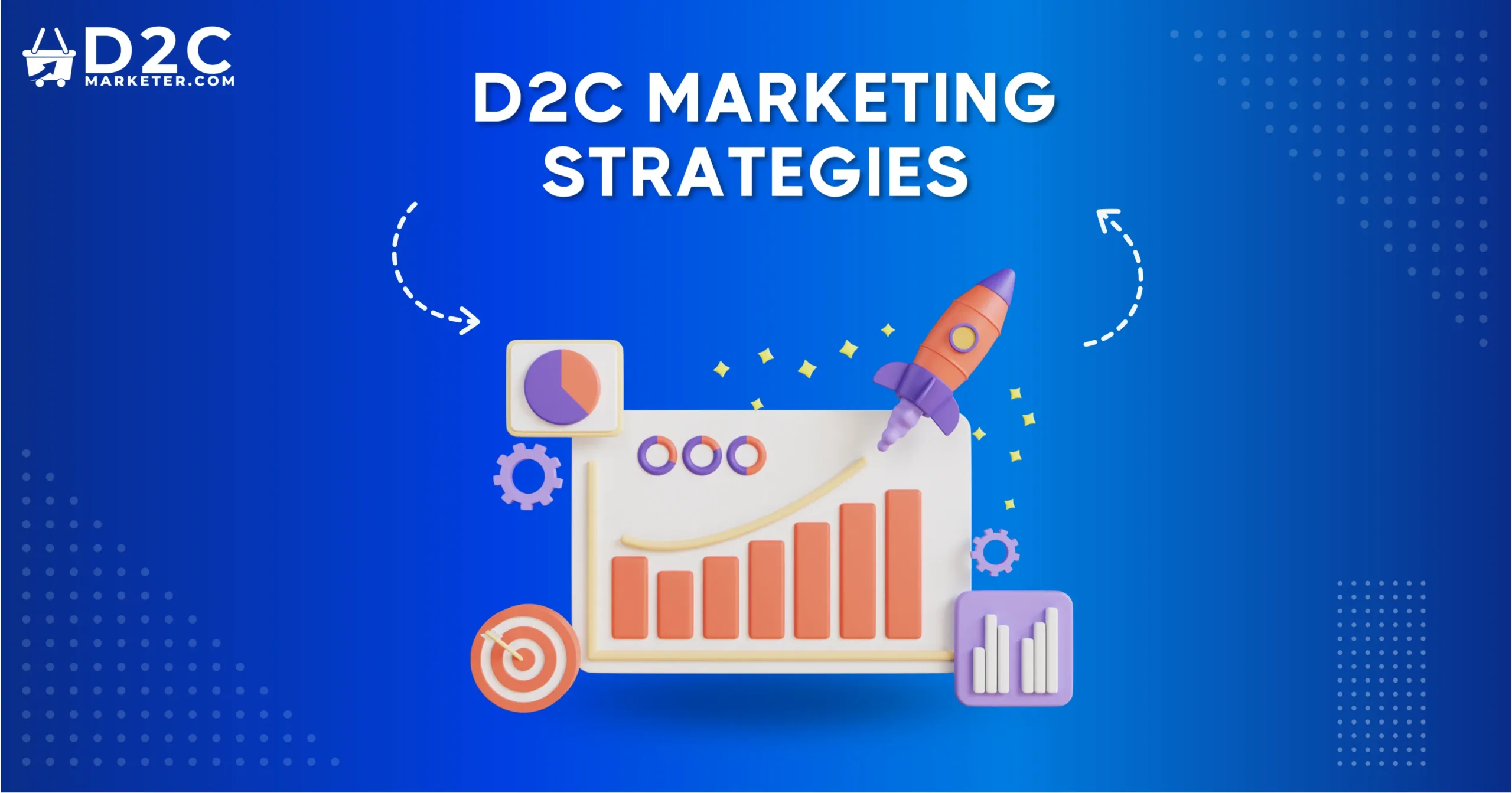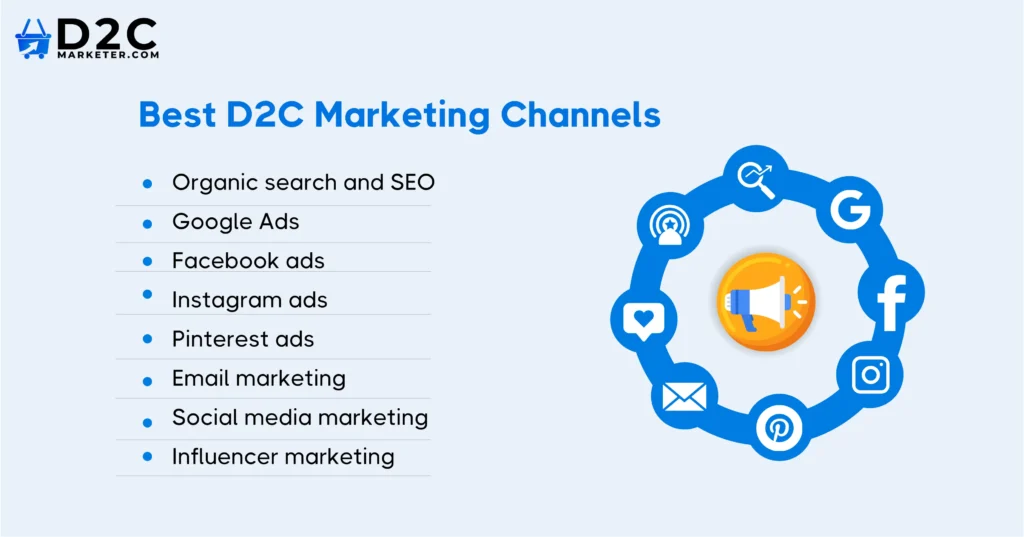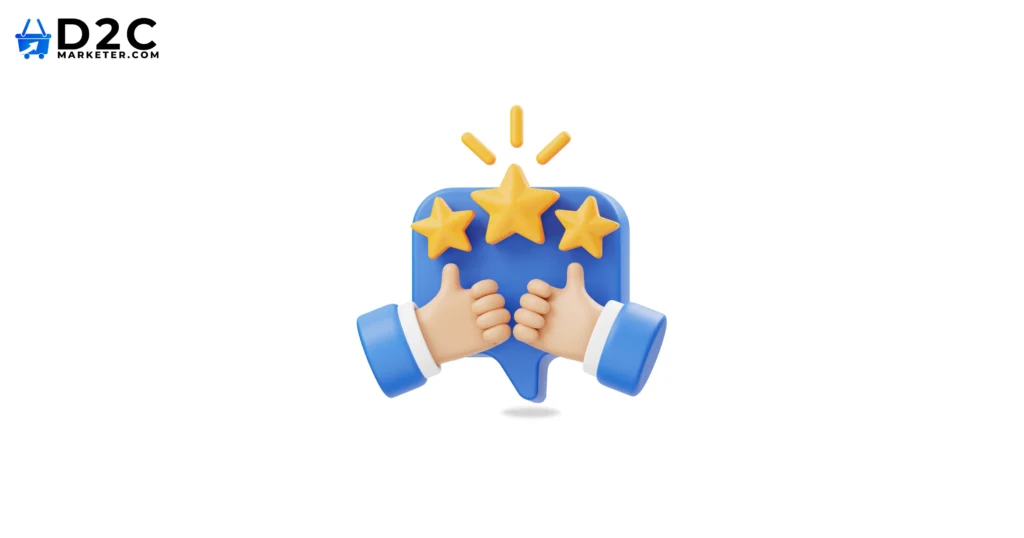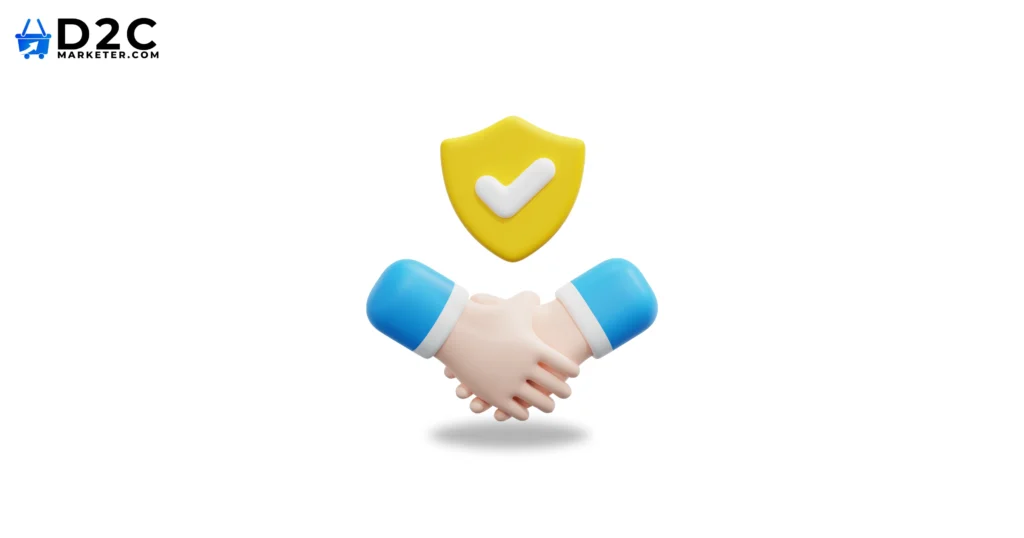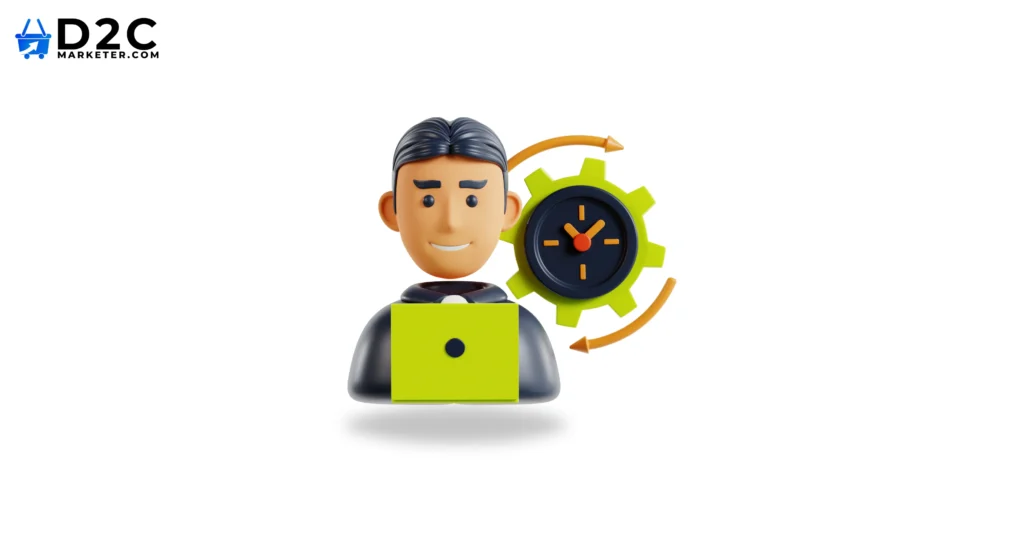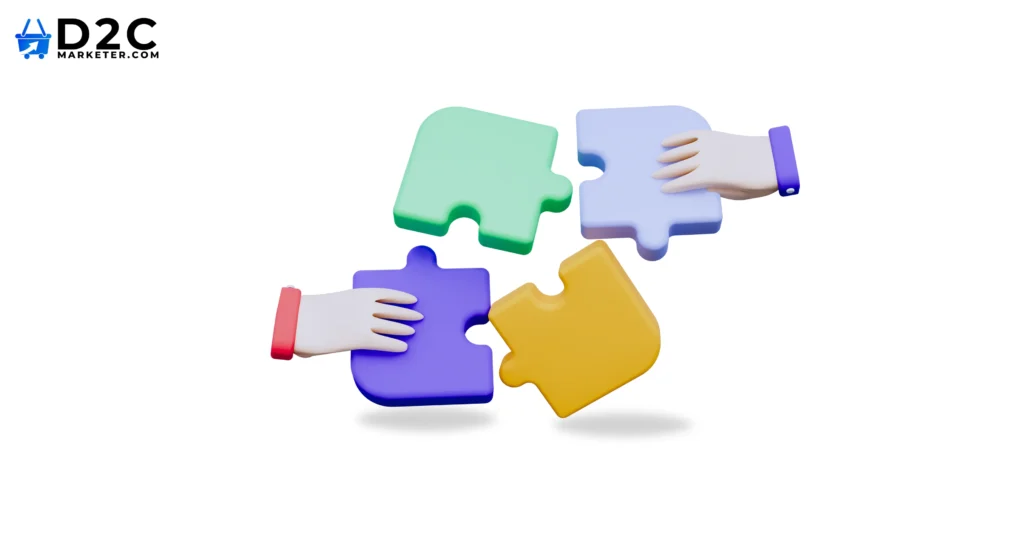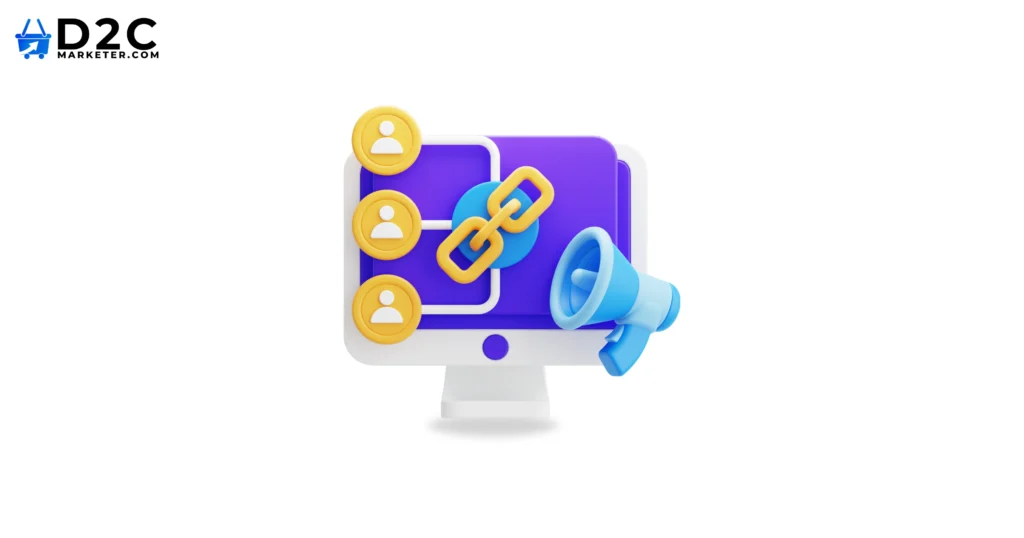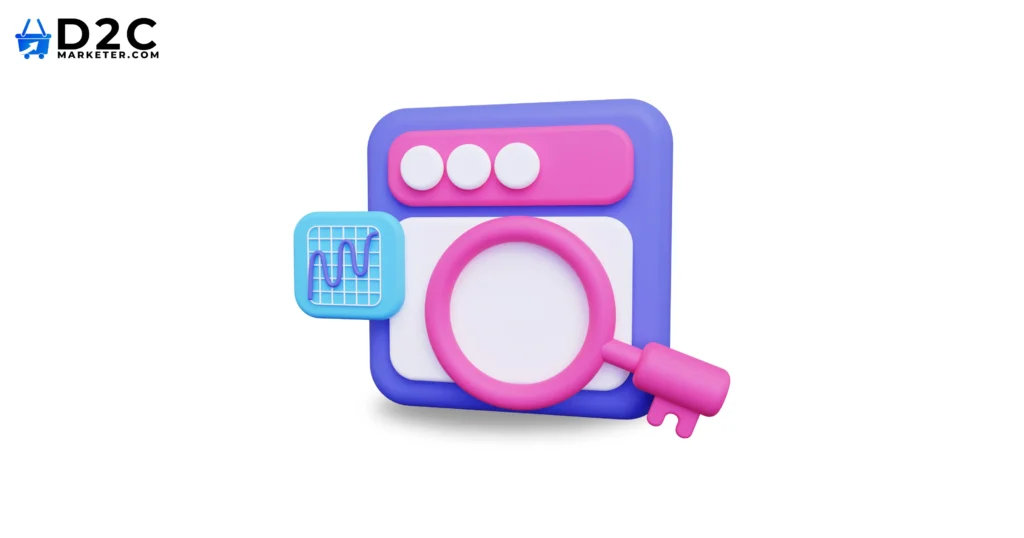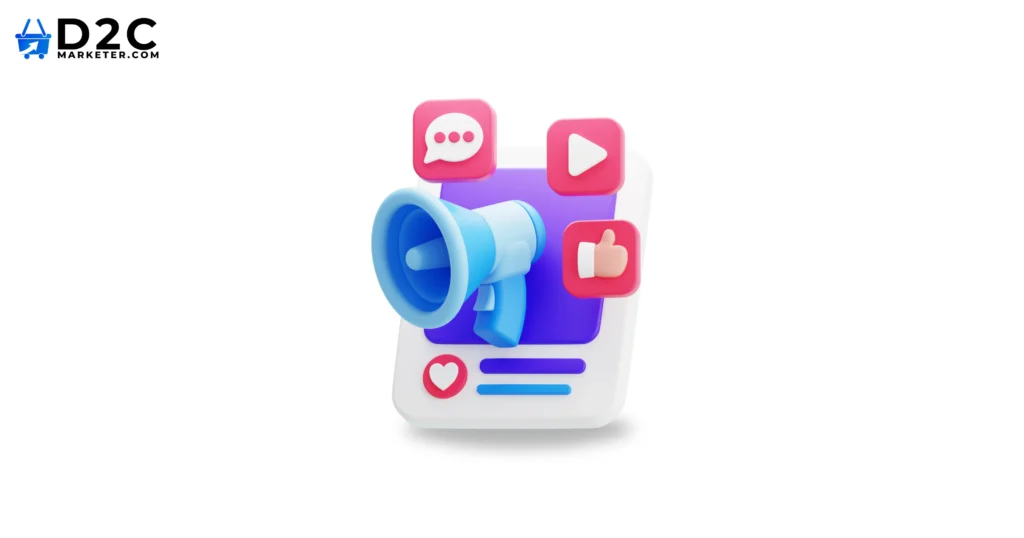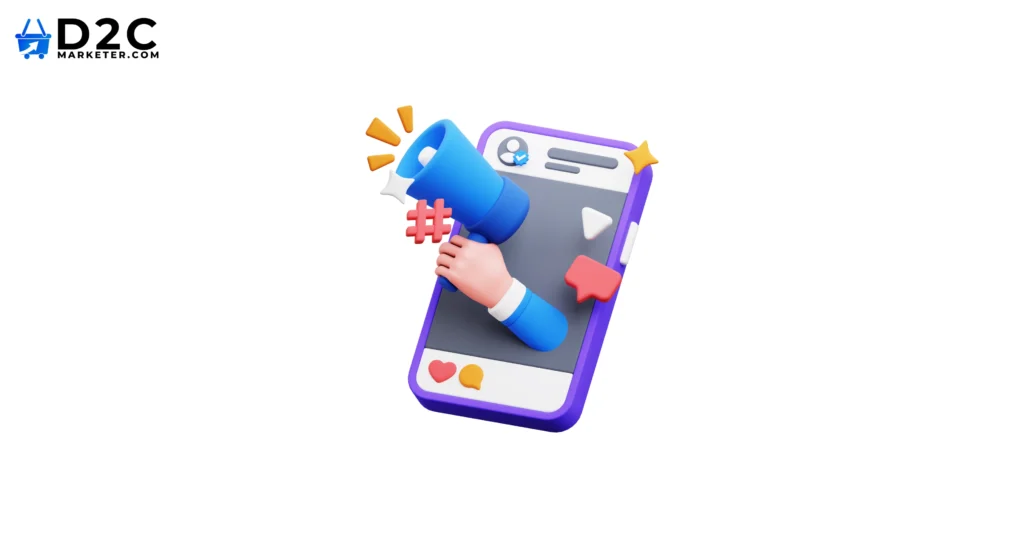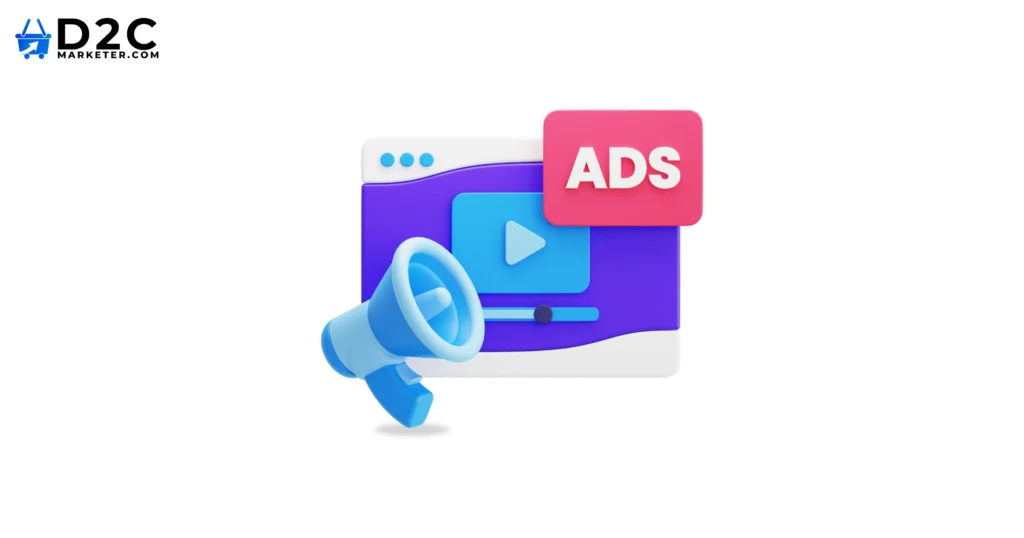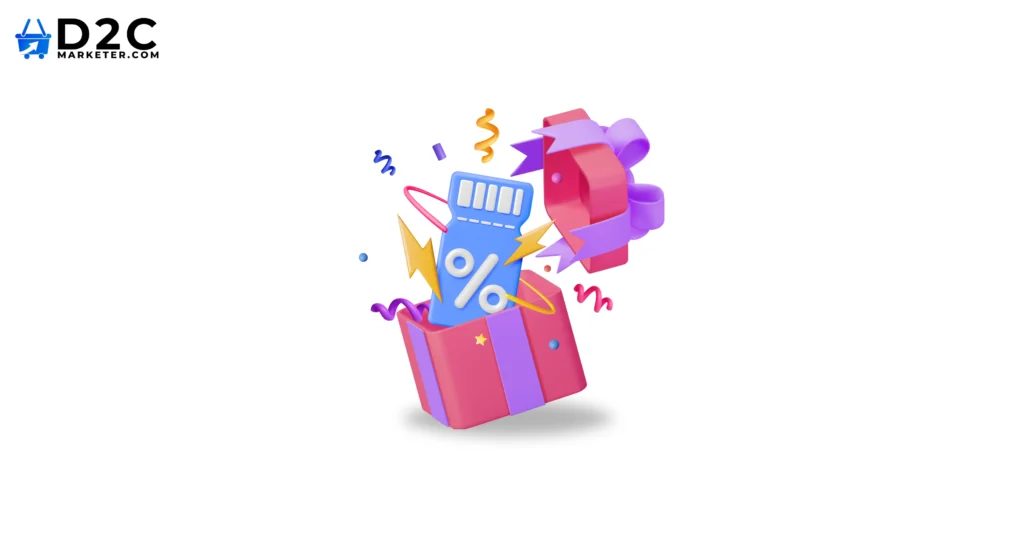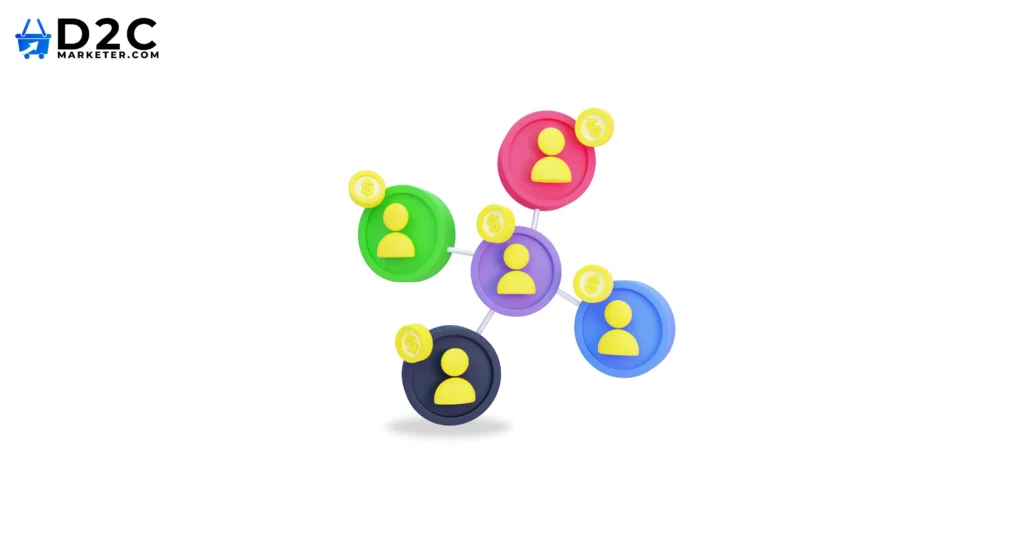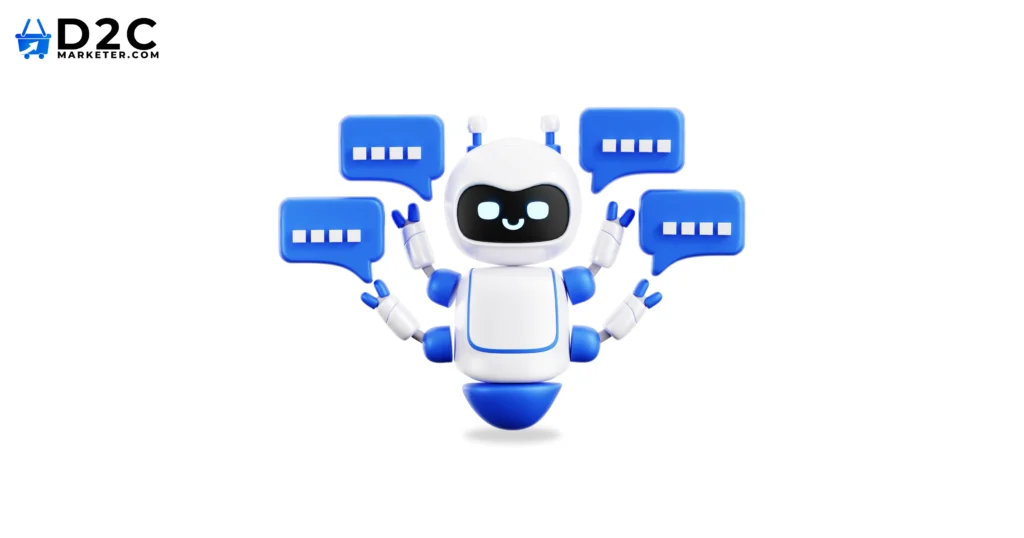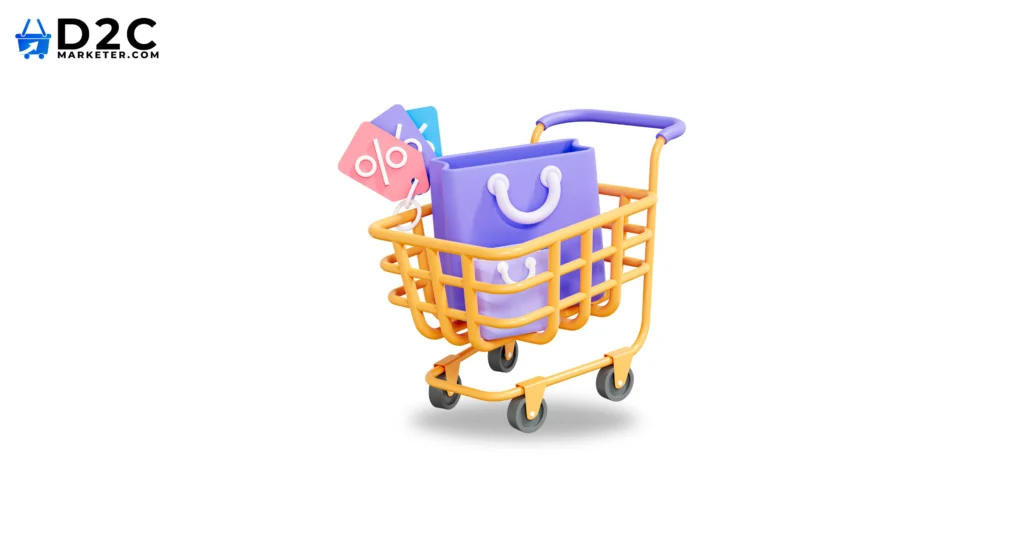In today’s fast-paced world of direct-to-consumer (D2C) marketing, brands are always on the hunt for strategies that really connect with their audience and deliver strong returns on investment (ROI). Enter user-generated content (UGC) advertising, think UGC, which has built its success by featuring real customers flaunting their cozy boots. This approach feels genuine and relatable, creating a sense of community that resonates with shoppers.
On the flip side, traditional advertising methods like TV commercials and print ads still hold their ground, but they often come off as polished and impersonal. As consumers increasingly seek authenticity, brands must decide: is the tried-and-true traditional route still the best, or is UGC the future of D2C advertising? Ultimately, understanding which strategy drives better ROI is essential for brands wanting to make a real impact in a crowded market.
Let’s explore how these two approaches pile up against each other!
Table of Content
What are UGC (UGC) Ads?
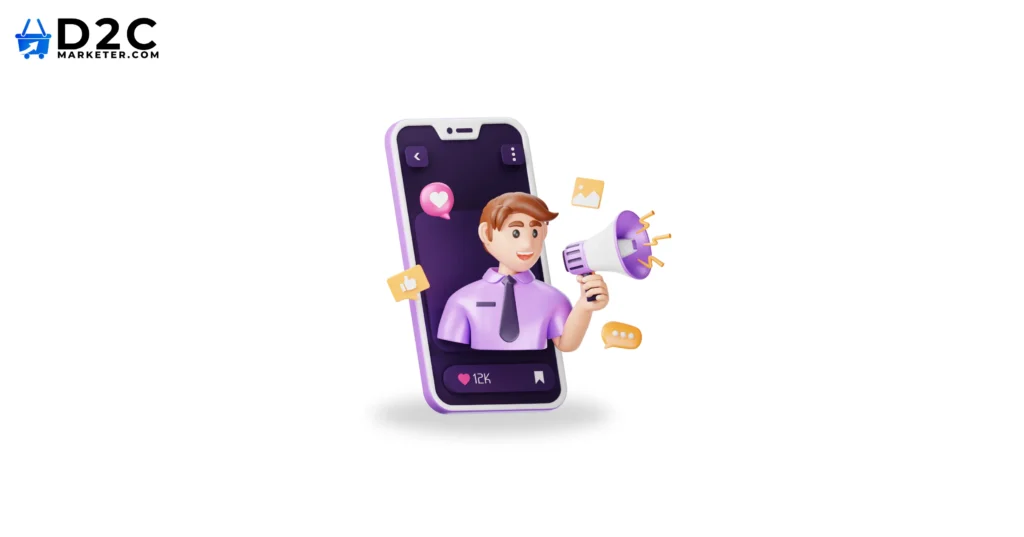
User-generated content (UGC) ads are shaking up the world of direct-to-consumer (D2C) marketing, and for good reason. At their heart, UGC ads showcase real customers sharing their experiences through photos, videos, and stories that highlight how they use and love a brand’s products. This approach feels genuine and relatable, making it easier for potential buyers to connect with the brand.
Take UGC, for example. They’ve brilliantly tapped into UGC by encouraging customers to post pictures of themselves rocking their cozy boots. When people see real folks enjoying UGCs in everyday life, it creates a sense of community and trust. It’s not just about selling boots, it’s about sharing a lifestyle that resonates with customers. This authenticity not only boosts engagement but also drives sales, helping UGC stand out in a crowded market.
Additionally, UGC ads are often more budget-friendly than traditional advertising methods. For D2C brands, working with a D2C paid ad agency that understands the power of UGC can help maximize both impact and ROI. In a world where consumers crave connection, UGC ads are a fantastic way to build relationships and foster brand loyalty.
Traditional Ads for D2C Brands
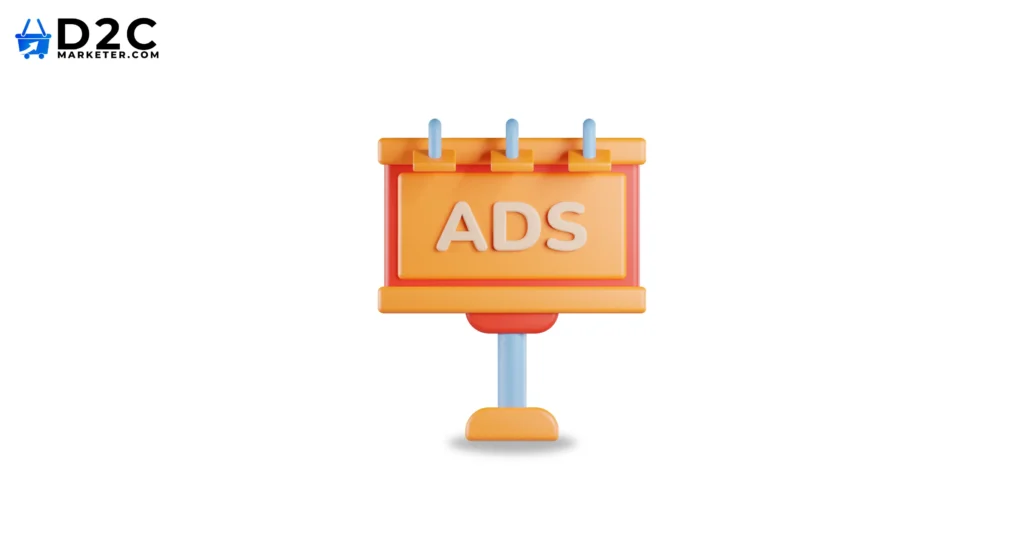
When you think of traditional advertising, what comes to mind? For many, it’s the classic trio of display ads, print, and TV. These formats might seem old-school in the age of social media, but they still hold a special place for direct-to-consumer (D2C) brands looking to make a splash.
- Display Ads: Picture those vibrant banners that pop up on websites or apps. They’re designed to catch your eye and, when placed strategically, can drive significant traffic to your site. While they’re part of the digital landscape, they can still feel traditional in their approach.
- Print: There’s something nostalgic about flipping through a magazine or browsing a beautifully designed brochure. Print ads can create a tactile connection that digital just can’t replicate. For niche markets, they can be a golden opportunity to reach engaged readers.
- Television: TV might seem like it’s fading, but a well-placed commercial can still reach millions. Imagine your brand story told in a compelling way that resonates with viewers during their favorite show, talk about creating a memorable moment.
- Costs: The price tag can be a shocker. Whether it’s creating a stunning TV ad or investing in a glossy magazine spread, you’ll need to budget wisely. Unlike digital ads where you can test and scale, traditional ad spending often demands a hefty upfront investment.
- Targeting Difficulties: Targeting can be tricky with traditional formats. You can choose your publication or time slot, but narrowing down your audience isn’t as straightforward. Unlike the precise targeting options in D2C digital advertising, traditional ads can feel like throwing darts blindfolded.
- Personalization Limitations: Personalization is key for D2C success, but traditional ads usually lack the flexibility to tailor messages for individual consumers. Digital platforms allow you to customize based on user data, making your messaging feel more personal and relevant.
Despite these challenges, traditional ads can still play a crucial role in a D2C brand’s strategy. Partnering with a D2C paid ad agency can help you navigate this landscape, ensuring that your traditional campaigns are not only well-executed but also harmonized with your digital efforts.
Comparing ROI: UGC Ads vs. Traditional Ads
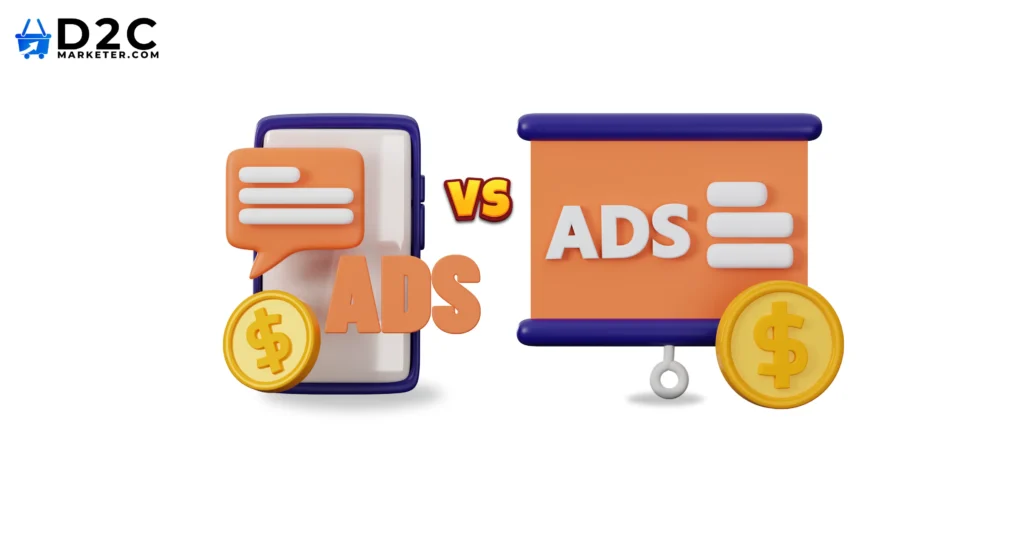
Engagement
UGC ads are all about showcasing real customers sharing their genuine experiences. Think of those Instagram posts where someone’s raving about your product, that’s UGC in action. This kind of content feels relatable and authentic, and that’s why it often sees higher engagement rates. People love connecting with real stories rather than polished marketing messages. Traditional ads, like flashy TV commercials or magazine spreads, can sometimes feel a bit distant. They might catch your eye, but they often lack the personal touch that makes people want to engage. For D2C brands, fostering a sense of community is key, and UGC ads shine in this area.
Conversion Rates
When it comes to turning views into purchases, UGC ads generally have the upper hand. Research shows that consumers are more likely to buy products that are endorsed by everyday people. There’s just something about seeing a friend or a fellow shopper loving a product that makes you think, “Hey, I want that too!” Traditional ads can drive sales, especially if they have compelling messaging or strong branding. But they often don’t convert as well as UGC, which feels more genuine and trustworthy in the eyes of potential customers.
Customer Trust
Trust is everything in the D2C world. UGC ads naturally build that trust because they feature real customers sharing honest opinions. People are more likely to believe what their peers say than what a brand is promoting. It’s like getting a recommendation from a friend, you feel good about it. In contrast, traditional ads can sometimes come off as too polished or salesy, leading to doubt among consumers. With so many ads flooding our feeds, it’s easy for people to tune them out or doubt their authenticity.
ROI comparisons between UGC ads and traditional paid campaigns.
So, how do UGC ads compare to traditional campaigns in terms of ROI? Generally speaking, UGC tends to deliver a better return. Higher engagement and conversion rates, plus that all-important trust factor, make UGC a powerful tool for D2C brands.
While traditional ads can still be effective, especially for reaching a broad audience, they often require a bigger investment for similar results. This is where partnering with a D2C paid ad agency can really pay off. They can help you blend UGC’s and traditional advertising’s strengths to create a comprehensive strategy that maximizes your budget.
Ultimately, it’s not just about the numbers, it’s about the connections you’re making with your audience. UGC could be the secret sauce to driving engagement and trust, leading to better long-term outcomes for your D2C brand.
| Metric | UGC Ads | Traditional Ads |
| Engagement Rate | High | Medium |
| Conversion Rate | High | Medium-Low |
| Cost Per Acquisition (CPA) | Low | High |
| Customer Trust | High | Low-Medium |
| Production Costs | Low | High |
The Future of D2C Advertising
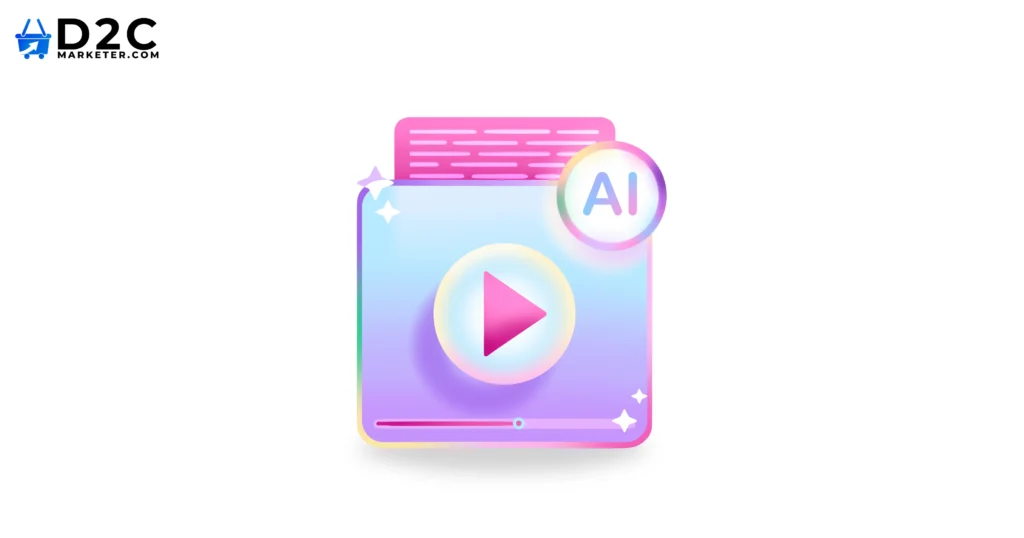
In a world overflowing with ads, consumers are craving something real. They want to see the genuine experiences of others, not just polished marketing campaigns. This shift is all about authenticity. Today’s shoppers are savvy, they can spot insincerity from a mile away. They prefer brands that feel human and relatable, which is why UGC has gained so much attraction. This shift towards authenticity is a game changer for D2C brands. By showcasing customers genuine stories, brands can foster a sense of community and build trust. When consumers feel like they’re part of something real, they’re more likely to engage and stay loyal.
- Encourage Sharing: Create fun campaigns that invite your customers to share their experiences. Whether it’s through a unique hashtag or a contest, give them a reason to show off your products in their everyday lives.
- Highlight Real Stories: Don’t just share photos, tell the stories behind them. Whether it’s a heartfelt testimonial or a funny moment, these narratives make your brand more relatable and human.
- Utilize Social Media: Platforms like Instagram and TikTok are perfect for UGC. Share customer posts, and engage with them directly. It’s a great way to create a vibrant community around your brand.
- Partner with Influencers: Collaborate with micro-influencers who resonate with your target audience. Their recommendations often feel more genuine and can lead to stronger connections.
- Engage Your Audience: Respond to UGC by liking, commenting, and sharing. Show appreciation for your customers’ posts, it makes them feel valued and fosters community.
- Analyze Your Impact: Keep an eye on how your UGC campaigns perform. Look at engagement rates and customer feedback to continuously improve your strategy.
By implementing these strategies, D2C brands can harness the full power of UGC to create genuine connections. It’s all about being relatable, and that’s what consumers are really looking for.
Case Study
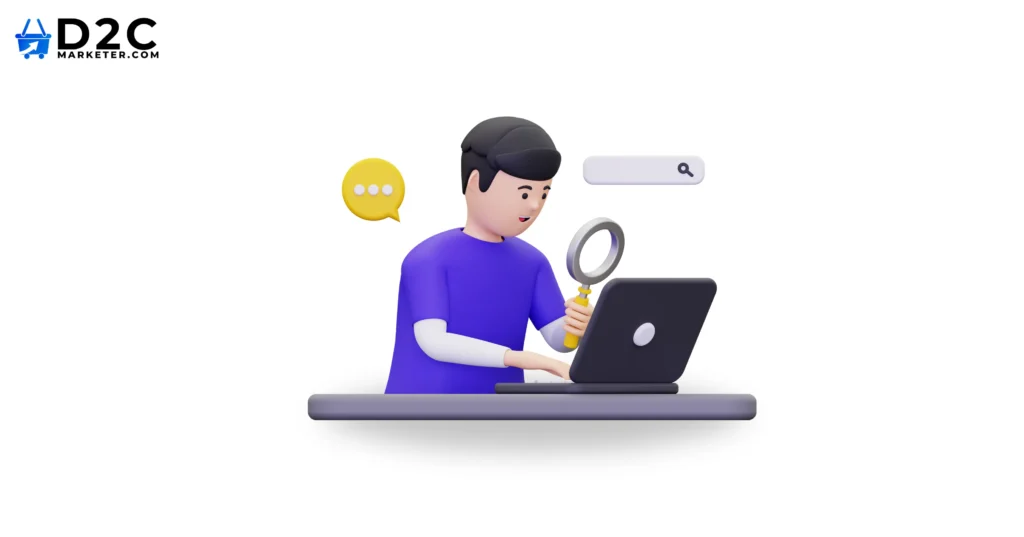
When it comes to D2C advertising, maximizing your investment is everything. That’s where D2C Marketer stepped in to help one of our clients transform their ad strategy, resulting in an incredible threefold increase in ROI. Here’s how we made it happen!
The Challenge
Our client, a growing D2C brand, was hitting some familiar roadblocks. Their ad spend was high, engagement was low, and conversions just weren’t cutting it. They had been relying mostly on traditional advertising methods, but their campaigns weren’t connecting with the audience. They needed a fresh perspective to drive results.
The Strategy
- In-Depth Analysis: We kicked things off with a deep dive into their existing campaigns. By analyzing audience insights, engagement metrics, and past performance, we pinpointed what needed to change.
- Leveraging UGC: We noticed that consumers today crave authenticity, so we decided to bring in user-generated content (UGC). We encouraged their customers to share real-life experiences with the products. This approach added a relatable touch that traditional ads just couldn’t provide.
- Focused Ad Spend: Instead of spreading the budget across every possible platform, we concentrated on the channels where their target audience was most active. This targeted approach meant that every dollar spent had a greater chance of making an impact.
- Creative A/B Testing: We launched various ad creatives to see what resonated best. By testing different visuals and messages, we identified what captured attention and drove action.
- Real-Time Optimization: Using real-time analytics, we kept a close eye on the campaigns. This allowed us to tweak and optimize them on the fly, ensuring we were always moving in the right direction.
The Results
The results were fantastic. Within a few months of implementing our new strategy, the D2C brand experienced:
- 3x Higher ROI: By leveraging UGC and honing in on targeted placements, the return on investment skyrocketed.
- Increased Engagement: Ads that featured real customer stories saw much higher engagement rates, proving that authenticity really connects.
Boosted Conversion Rates: With relatable content and a focused strategy, the brand saw significant improvements in conversion rates, leading to increased sales and happier customers.
Conclusion
As we’ve explored, the world of D2C advertising is shifting, and understanding the dynamics between UGC ads and traditional ads is crucial. User-generated content isn’t just a trend; it’s a powerful way for brands to connect authentically with their audience. Just look at UGC, by showcasing real customers enjoying their products, they’ve built trust and community, leading to impressive ROI.
While traditional ads still have their place, especially for reaching wider audiences, they often come with higher costs and less personal connection. For D2C brands, finding the right mix between these strategies can make all the difference.
If you’re ready to elevate your advertising game and truly resonate with your audience, consider the power of UGC.
Looking to boost your ad ROI? Let’s chat! Get a free consultation with DesignScript and discover how UGC advertising can transform your marketing strategy. Together, we can create genuine connections that drive results.
Don’t miss out on the opportunity to engage with your customers in a more meaningful way!
FAQs
UGC (User-Generated Content) ads are advertisements that feature content created by regular consumers, rather than professional marketers or models. This content can include photos, videos, reviews, or testimonials.
UGC ads are more effective for D2C brands because they are perceived as more genuine and trustworthy, as they come from real people. This relatability allows consumers to connect with the content on a deeper level.
Yes, traditional ads can still be effective for D2C brands. However, they may need to be integrated with a broader marketing strategy that includes UGC. A mix of traditional and UGC ads can help to reach a wider audience and increase brand awareness.
UGC ads can be more cost-effective than traditional ads, as they often require less production time and expense. Additionally, UGC can be leveraged through social media and other digital channels, which can be more affordable than traditional advertising platforms.
UGC is likely to remain a significant trend in advertising for the foreseeable future. As consumers continue to seek more authentic and relatable content, UGC will become an increasingly important tool for brands to connect with their target audience.
